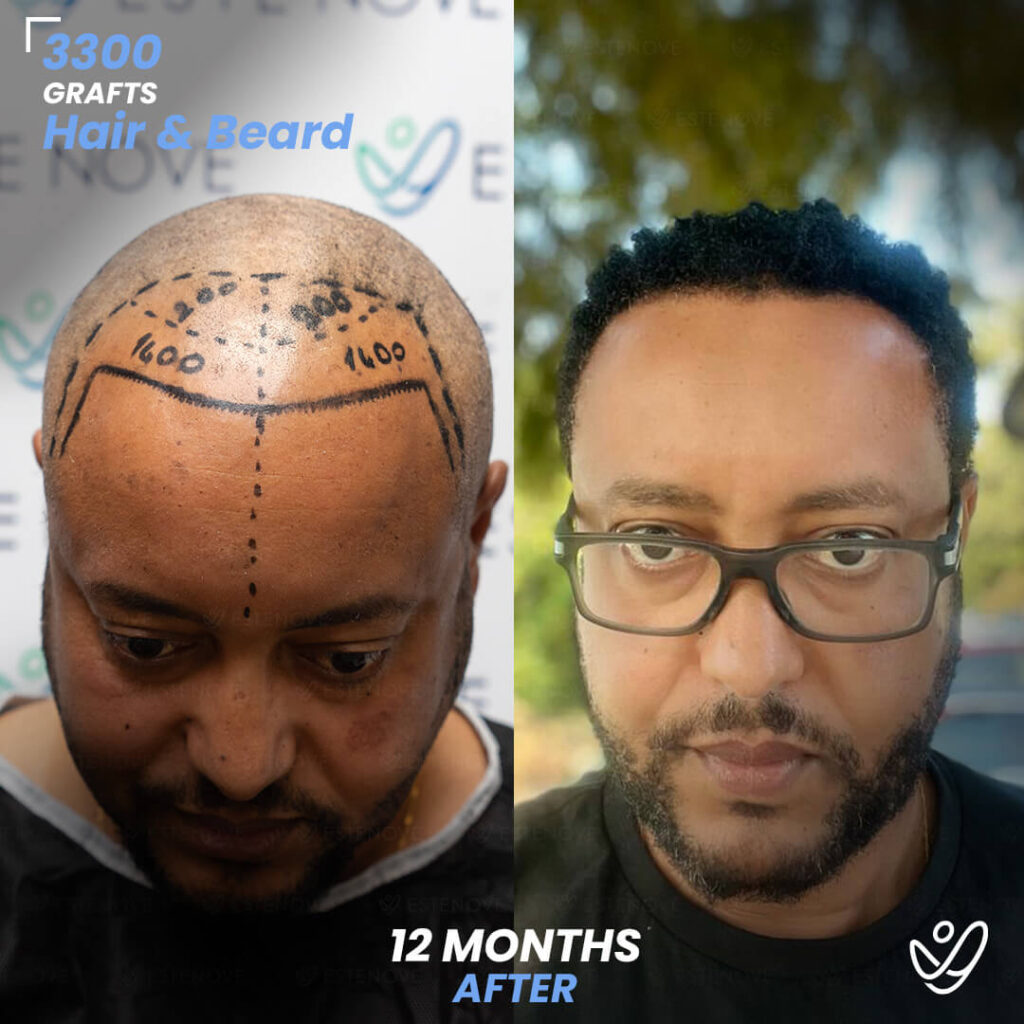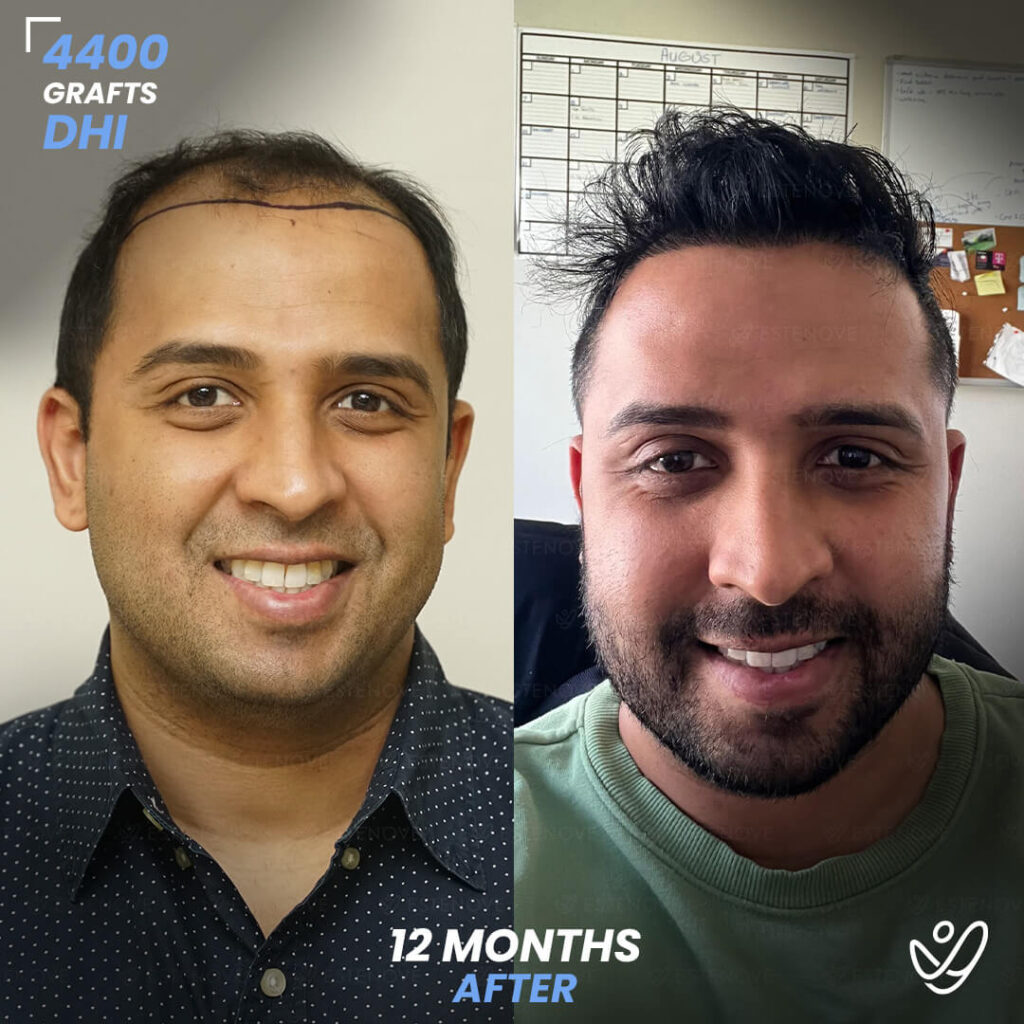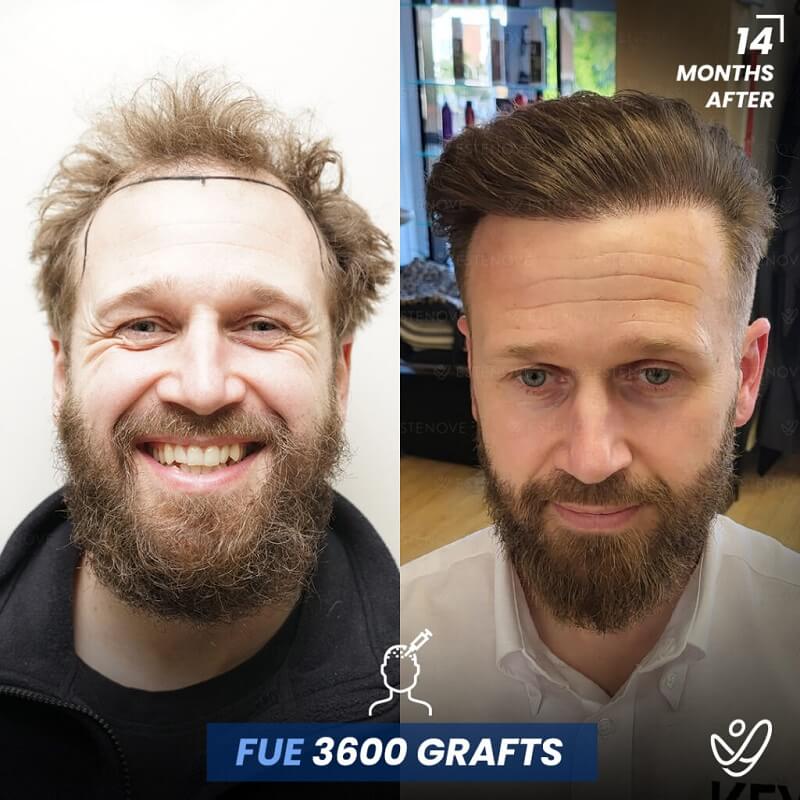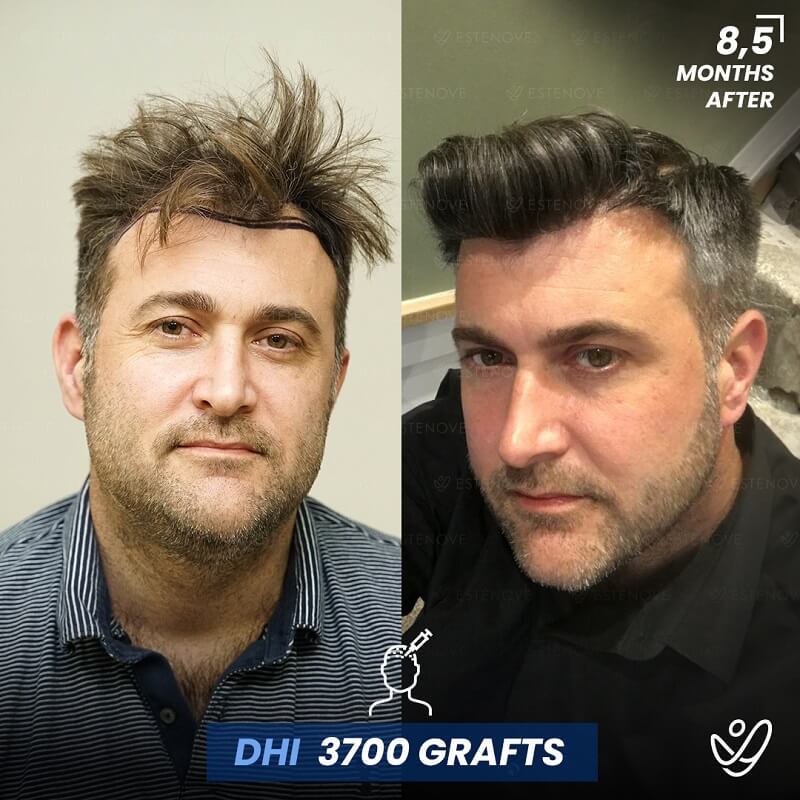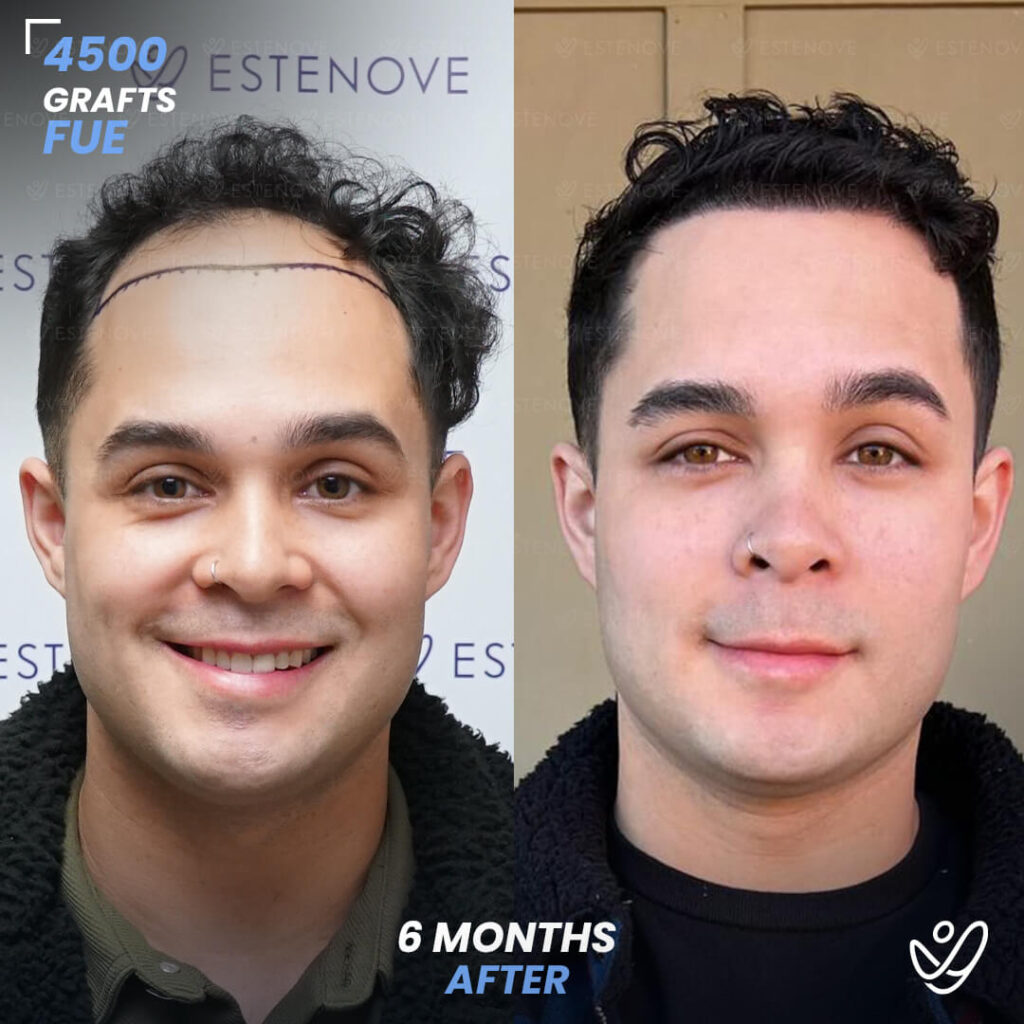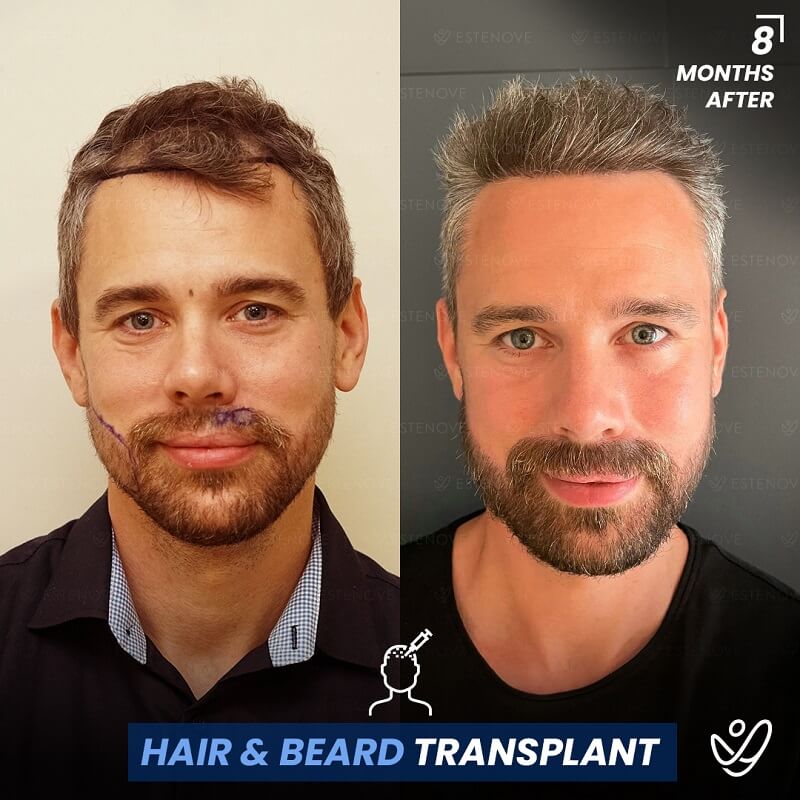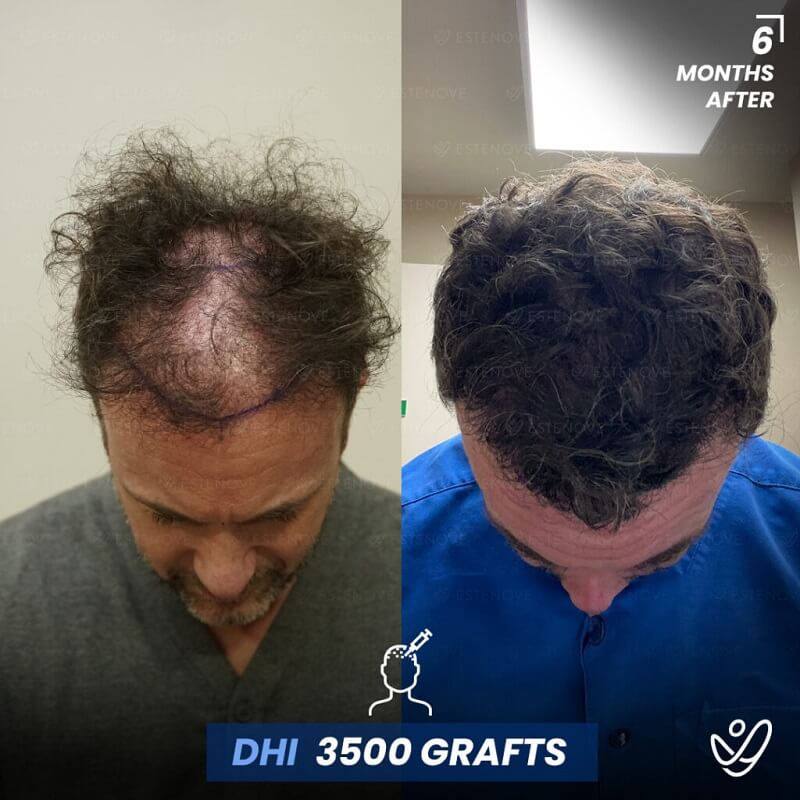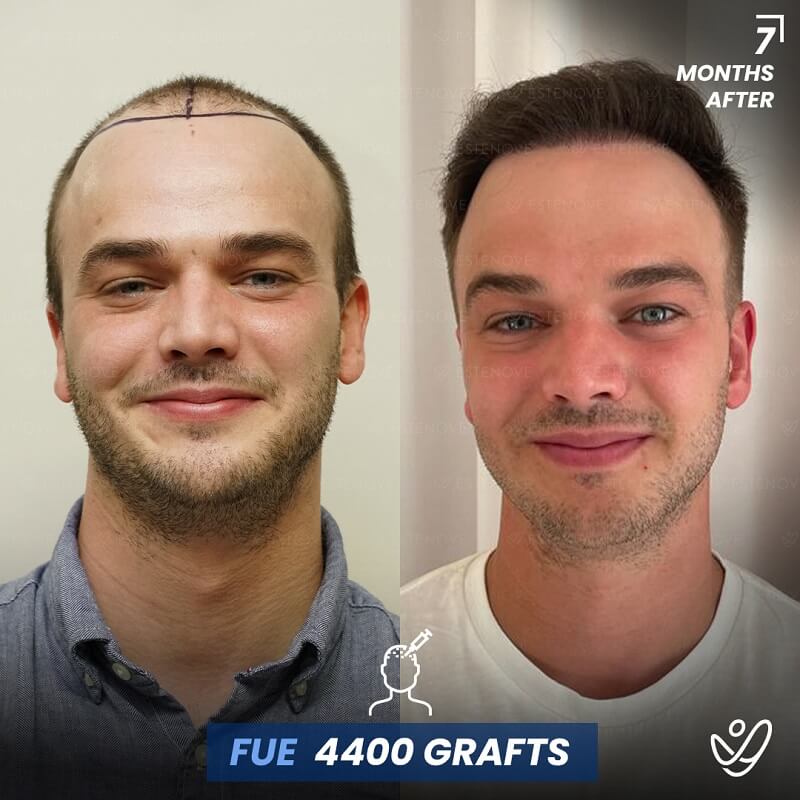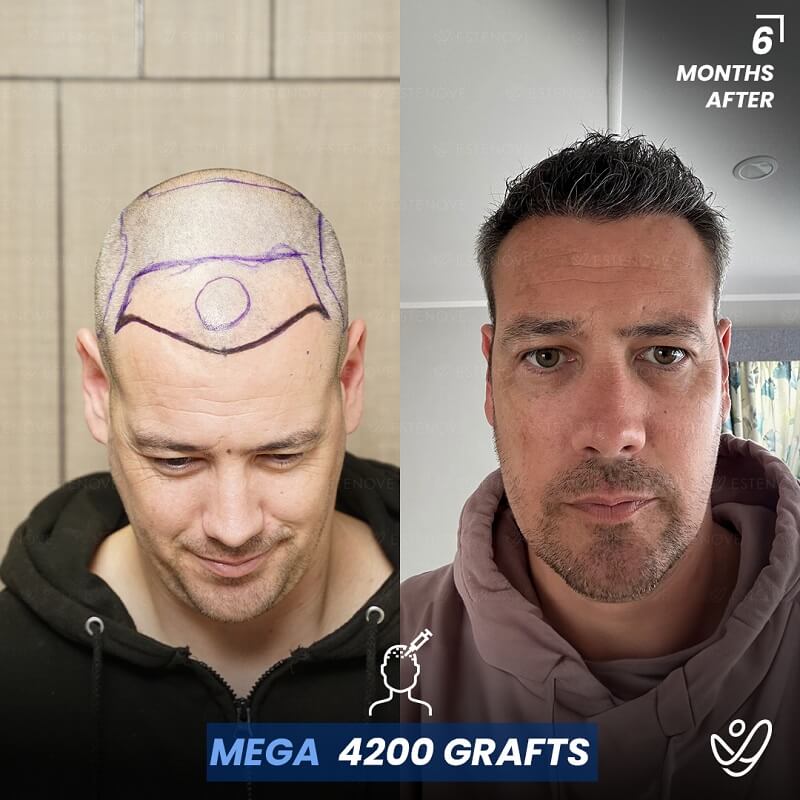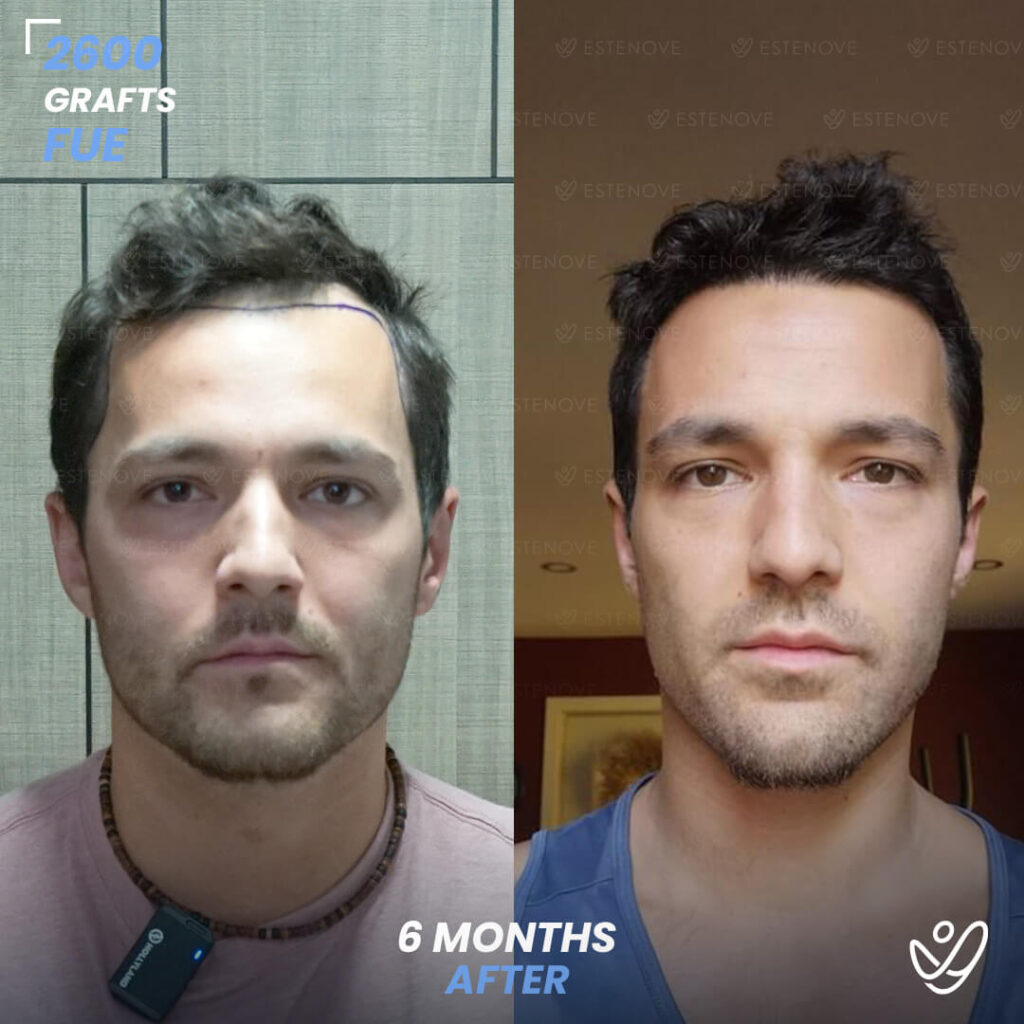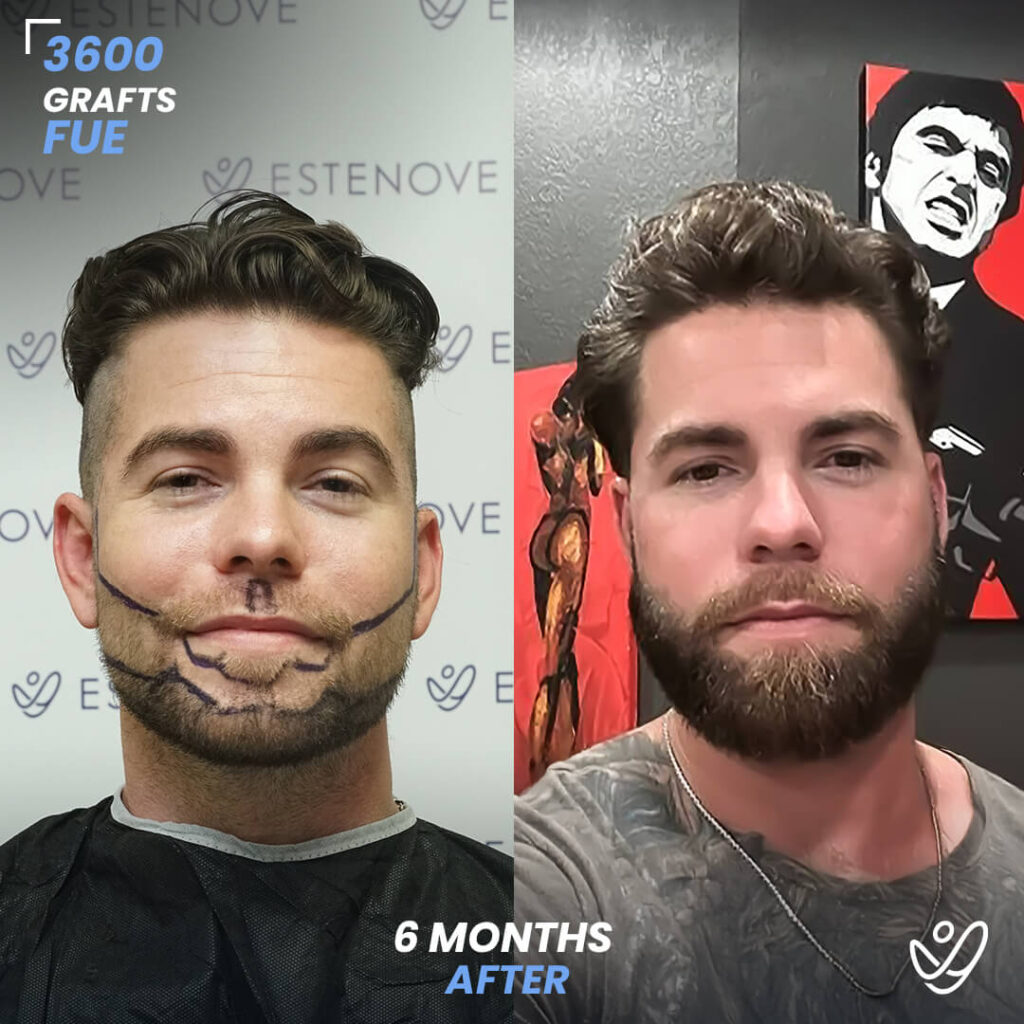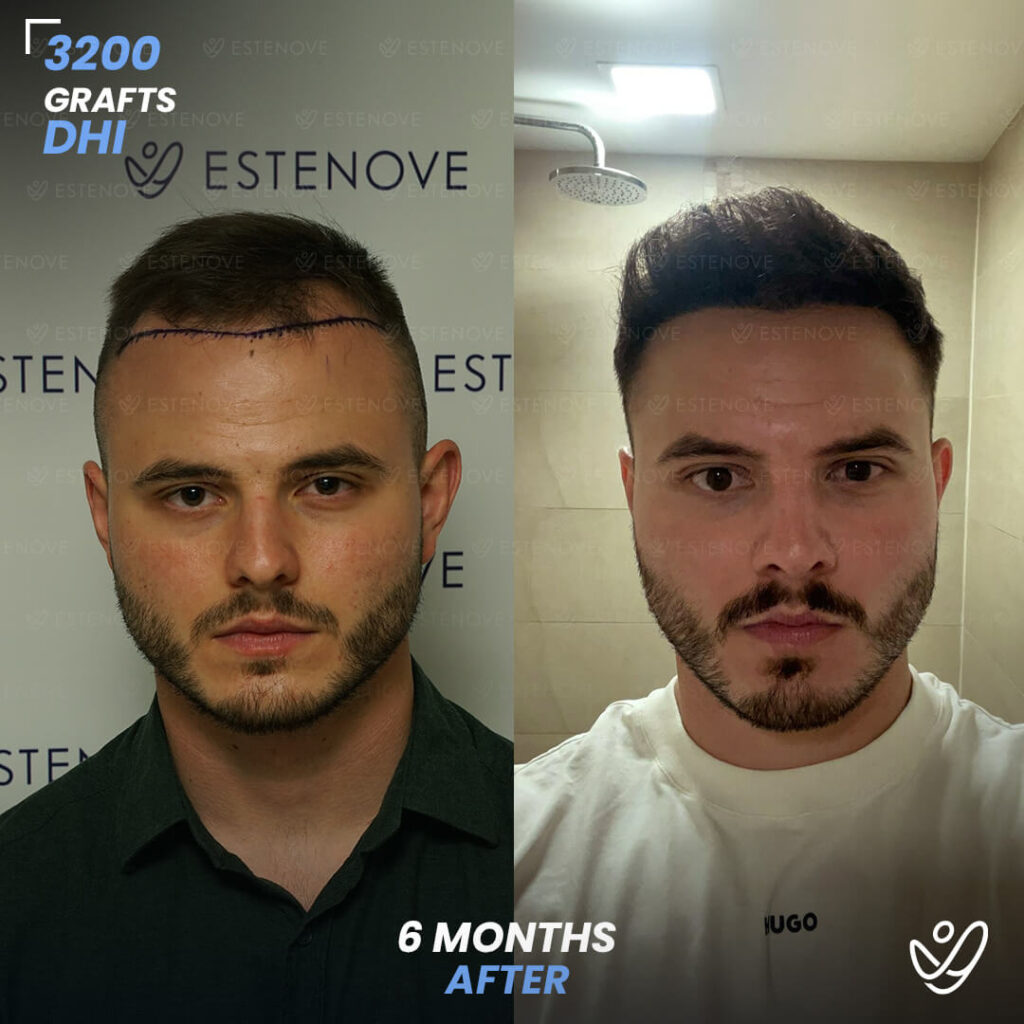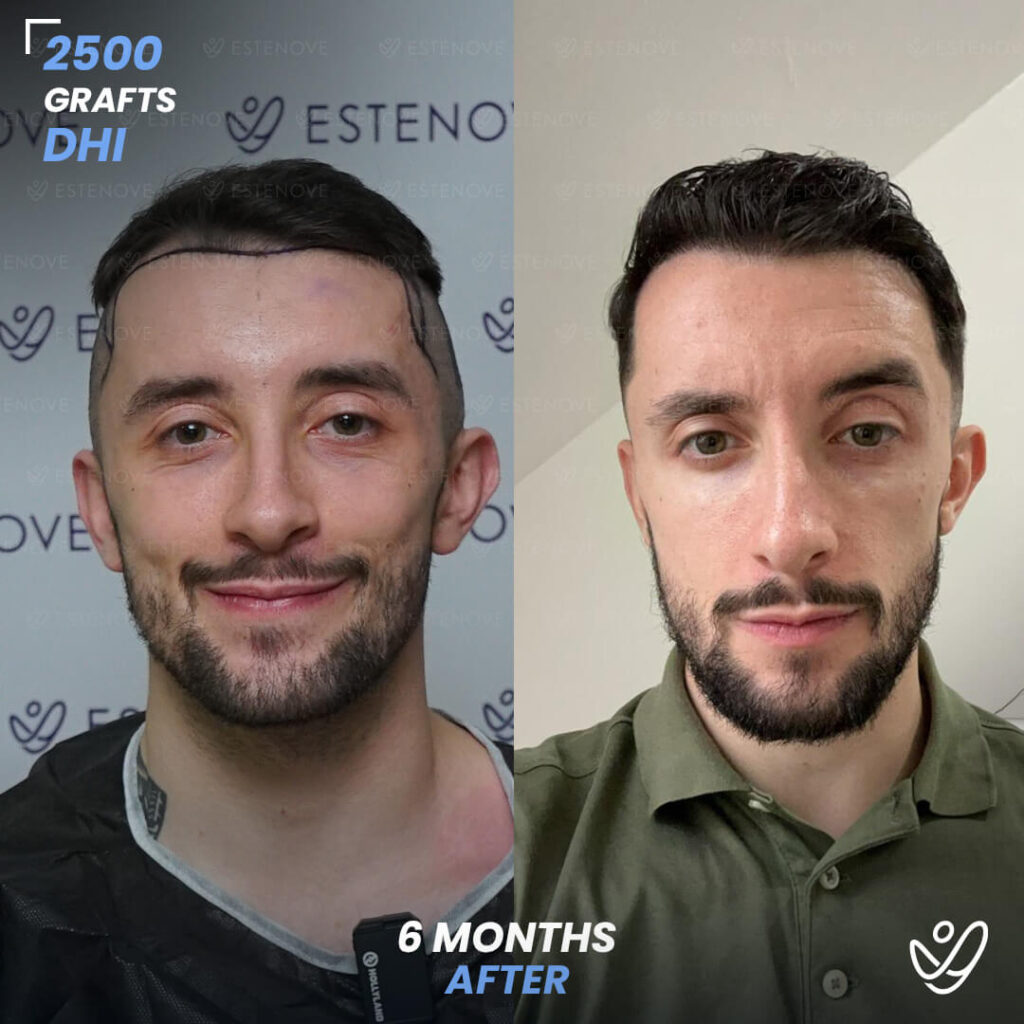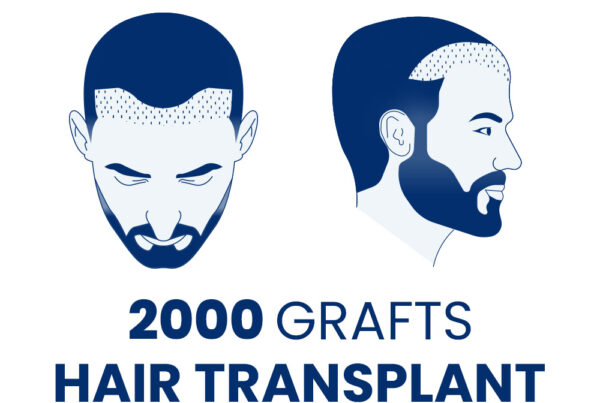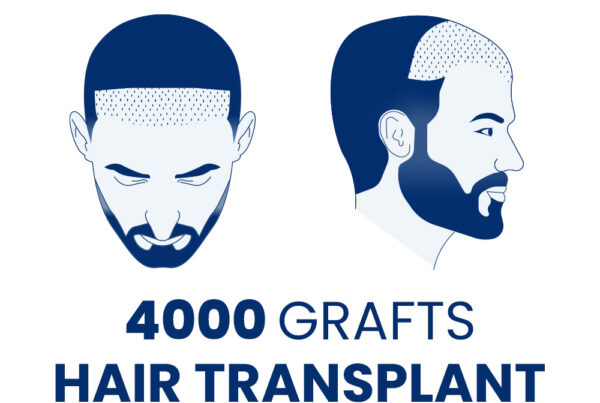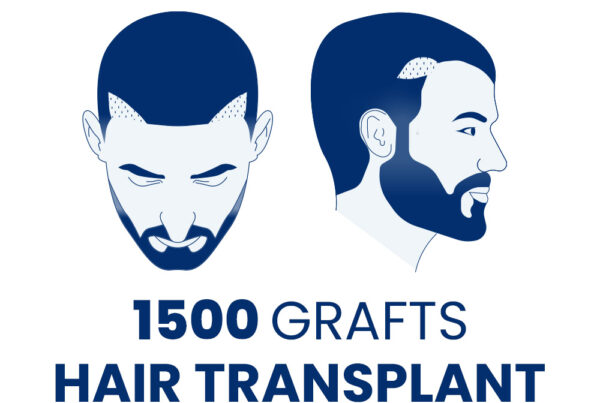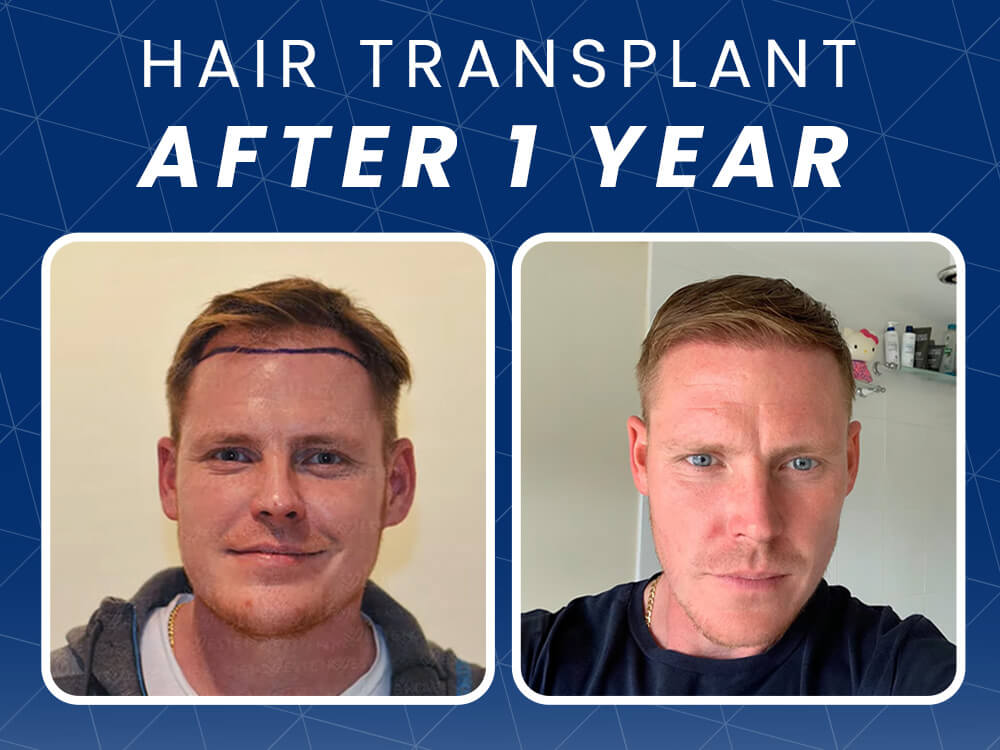
Undergoing a hair transplant can be a life-changing decision for many individuals experiencing hair loss. The results of this procedure become increasingly visible over time, particularly at the 12 months after hair transplant. Explore what one can expect after a year post-transplant, the transformative results, and how to maintain those results for the long term.
The Journey: What to Expect in the First Year
The first year after a hair transplant is crucial in determining the long-term success of the procedure. The journey typically begins with an initial shedding phase, often referred to by patients as “shock loss.” This phase can be unsettling, as it may seem as though the results are regressing rather than progressing.
Approximately three months after the transplant, patients usually notice the new hair starting to grow. By the sixth month mark, this growth becomes more apparent, and most patients start to feel optimistic about their results. The nine-month period marks a time when most people observe substantial improvement in hair thickness and overall appearance. By the end of the year, individuals can expect their full yield, with the hair maturing and settling into its final shape and thickness.
- Hair&Beard Transplant 3300 grafts 12 Months Before&After
- Male DHI 4400 Grafts 12 Months Before&After
Throughout hair transplant recovery timeline, regular follow-ups with your hair restoration specialist are important. These appointments help monitor progress and address any concerns that may arise during the growth cycle.
In addition to the physical changes, the emotional aspect of this journey should not be overlooked. Many patients experience a boost in self-esteem and confidence as their hair begins to fill in. This transformation can positively impact various areas of life, from personal relationships to professional opportunities. It’s not uncommon for individuals to report feeling more youthful and vibrant, which can lead to a renewed enthusiasm for social activities and self-expression.
Moreover, the first year is also a time for education and adaptation. Patients are encouraged to learn about proper hair care techniques post-transplant, including the use of specialized shampoos and avoiding harsh styling practices. Understanding the importance of a healthy lifestyle, including a balanced diet rich in vitamins and minerals, can further enhance hair growth and overall scalp health. Engaging in support groups or online forums can also provide valuable insights and encouragement from others who have undergone similar experiences, fostering a sense of community and shared understanding during this transformative period.
Before and After: Transformative 1 Year Results After Hair Transplant
Before undergoing a hair transplant, many individuals experience emotional and psychological challenges due to their hair loss. The transformation that occurs after a successful procedure can be remarkable. Photos showcasing the before and after of hair transplant patients often reveal striking differences in hair density, hairline, and overall appearance.
- Male FUE 5000 Grafts 13 Months Before&After
- Male FUE 4100 grafts 11 Months Before&After
- Male FUE 3600 grafts 14 Months Before&After
This newfound volume and coverage can significantly enhance a person’s self-esteem and quality of life. Not only do the physical changes evoke a sense of confidence, but they can also influence social interactions and even professional opportunities. Many individuals find themselves engaging more freely in conversations and social gatherings, no longer feeling self-conscious about their thinning hair. This renewed confidence can lead to a more active lifestyle, as they embrace new experiences and challenges that they might have previously avoided.
Many patients report feeling younger and more vibrant after their procedure. The transformative results are often best appreciated in retrospect, as patients can track their progress over the year and see just how far they’ve come. The journey doesn’t just stop at the physical changes; it often includes a newfound commitment to self-care and grooming routines. Patients frequently explore new hairstyles and products that complement their revitalized look, further enhancing their overall appearance. Additionally, the psychological benefits of seeing oneself with a fuller head of hair can lead to improved mental health, reducing feelings of anxiety and depression that often accompany hair loss.
Listening to real patient stories often provides insights into the hair transplant experience. Many individuals share their journey through phases of anxiety, excitement, and eventual satisfaction. Success stories often detail individuals regaining confidence and making changes in their personal and professional lives due to their renewed appearance.
For example, one of our former patient, Wilmer Sanchez’s story is a tale of courage, rebuilding not just his hair but also his life through hair transplantation. Two years ago, when Wilmer first encountered the Estenove hair transplant clinic in Turkey, he embarked on a pivotal moment in his life. Check out his full story in this video:
Understanding Hair Growth Phases Post-Transplant
Hair growth occurs in cycles, and understanding these phases is essential for managing expectations after a hair transplant. The primary phases include the anagen phase (growth), catagen phase (transition), and telogen phase (rest). After a transplant, newly implanted hair follicles enter the telogen phase, where hair falls out temporarily. This shedding is a normal part of the process, often surprising patients who may expect immediate results. However, it is crucial to remember that this initial loss is a sign that the follicles are preparing to enter the next growth phase.
Calculate the number of grafts needed for your hair transplant and get an estimated cost for various destinations. Try graft calculator
After the initial shedding, the hair follicles enter the anagen phase, where they start to produce new hair. This timeline can vary among individuals; however, by the end of the first year, patients typically see significant growth during this sustained anagen phase. Factors such as genetics, overall health, and adherence to post-operative care can influence the rate and quality of hair growth. Additionally, many patients find that their hair texture and thickness improve over time, leading to a more natural appearance.
- Anagen Phase: Lasts 2-6 years, where the hair grows actively.
- Catagen Phase: A short phase lasting 2-3 weeks, where growth slows down.
- Telogen Phase: Lasts about 3 months, leading to shedding of old hair.
Recognizing these phases helps in understanding the hair transplant process better and alleviates anxiety associated with the early stages of growth.
Fill the form below to get free consultation.
Common Concerns: Addressing Myths and Misconceptions
There are numerous myths surrounding hair transplants that can mislead individuals considering the procedure. One prevalent misconception is that hair transplants result in an unnatural appearance. In reality, advancements in technology and techniques, such as follicular unit extraction (FUE) and follicular unit transplantation (FUT), allow for natural-looking results. These methods focus on harvesting hair follicles from the donor area and implanting them in a way that mimics the natural growth pattern of hair, ensuring that the final outcome is both aesthetically pleasing and indistinguishable from non-transplanted hair.
Another myth is that hair transplants work for everyone. While many individuals benefit from the procedure, success can depend on various factors, including the cause of hair loss, hair type, and the skill of the surgeon. For instance, individuals with certain types of alopecia or those who have experienced extensive hair loss may have different outcomes compared to those with early-stage thinning. Consulting with a qualified specialist can help potential candidates understand their unique circumstances and whether they are good candidates for the procedure.
- Myth: Hair transplants are painful.
- Myth: Results are immediate.
- Myth: Transplanted hair will fall out permanently.
By educating oneself about the facts, prospective candidates can make informed decisions and set realistic expectations regarding their hair transplant journey. Understanding the recovery process is also crucial; while some discomfort may be experienced post-procedure, most patients find that any pain is manageable with prescribed medications. Additionally, it’s important to note that hair growth from transplanted follicles typically begins around three to six months after the hair transplant procedure, with full results often visible after a year. This timeline can vary, and patience is key as the newly implanted hair gradually integrates into the scalp.
Moreover, the aftercare following a hair transplant plays a significant role in the success of the procedure. Patients are usually advised to avoid strenuous activities and direct sunlight for a few weeks to ensure optimal healing. Following the surgeon’s post-operative care instructions, including proper washing techniques and the use of recommended products, can greatly enhance the longevity and health of the transplanted hair. By understanding both the procedure and the necessary aftercare, individuals can feel more confident in their decision to pursue hair restoration.
Maintenance Tips for Long-Lasting Results
- Follow Post-Operative Care: Adhere strictly to the aftercare instructions provided by your surgeon.
- Use Recommended Products: Invest in high-quality hair care products specifically designed for transplanted hair.
- Stay Hydrated: A healthy lifestyle, including proper hydration and nutrition, supports overall hair health.
- Schedule Regular Check-Ups: Ongoing consultations with your doctor can help in monitoring progress and addressing any concerns.
By following these guidelines, individuals can maximize the longevity of their hair transplant results, ultimately enjoying fuller hair for years to come.
Hair transplant can bring significant changes within one year, highlighting the importance of understanding the journey, managing expectations, and maintaining results. With knowledge and preparation, individuals can enjoy the benefits of a successful hair transplant long after the first year.

